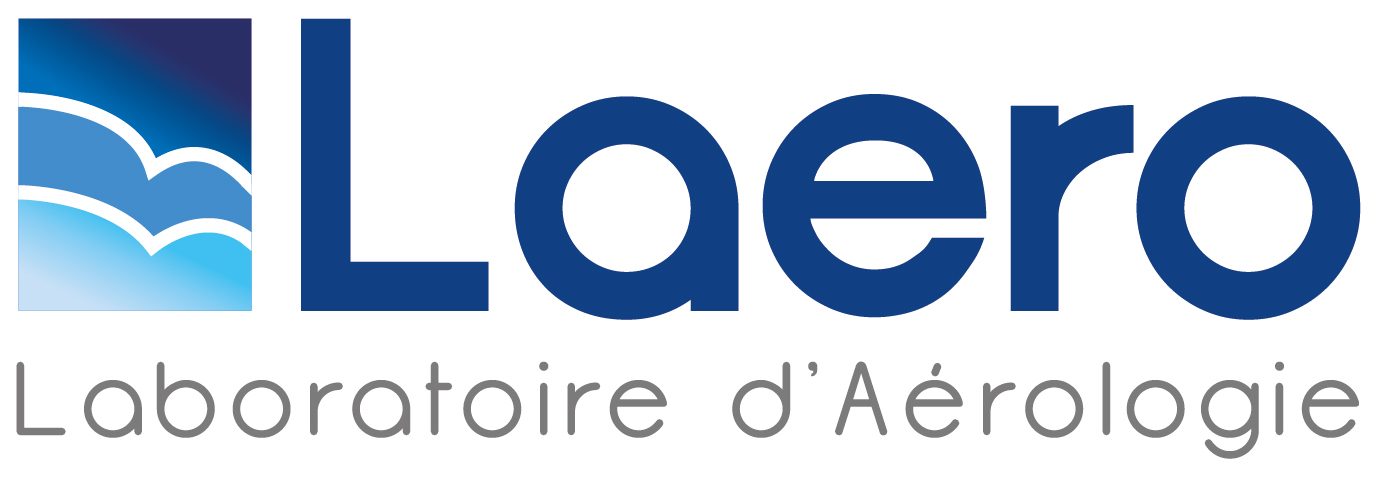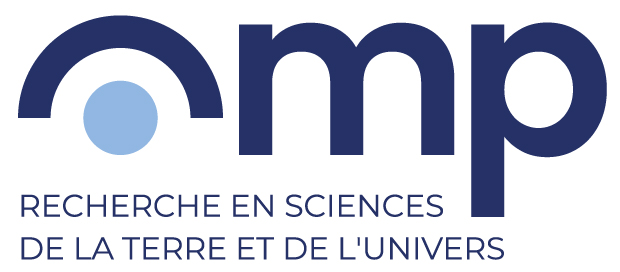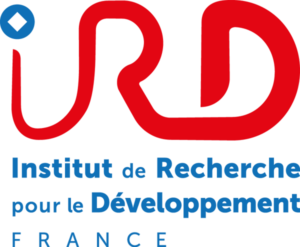Thèse Irene Reinares Martinez : The controls on precipitation over northern Africa during a dust outbreak
Precipitation in northern Africa occurs mainly during the monsoon season. It arises from the interaction of atmospheric processes across a wide range of scales, making its prediction challenging. The control mechanisms on precipitation are examined during a well-documented case study of dust emission and transport on 9-14 June 2006. The same method for cloud detection and tracking was applied on satellite observations and several numerical simulations (with explicit or parameterized convection) to investigate the precipitating systems.
Among the various types of systems identified, mesoscale convective systems (MCSs) yield most of the total precipitation, with an observed contribution of 66%. The greatest precipitation producers are the long-lived MCSs (i.e., that last more than 6 h), at the origin of 55% of precipitation. These MCSs become more organized, i.e., larger, longer-lived and faster, as they propagate westward. The convection-permitting simulations capture the rainfall partition, but do not fully reproduce the organization of the long-lived MCSs. The simulation with parameterized convection fails to correctly represent the rain partition. This shows the added-value provided by the convection-permitting simulations.
The radiative effect of dust is then analyzed, by comparing two convection-permitting simulations, with and without dust-radiation interaction. The direct effects are a mid-level warming and a near-surface cooling mainly in the western parts of northern Africa, which tend to stabilize the lower atmosphere. One semi-direct effect is a decrease in precipitation. This rainfall drop is explained by a too low number of long-lived MCSs which, nevertheless, are longer-lived and more efficient in terms of precipitation production. The diminution in the number of long-lived MCSs is due to the stabilization of the atmosphere inhibiting the triggering of convection.
Le jury sera composé de :
Rapporteurs
Andreas Fink (KIT-IMK, Karlsruhe, Allemagne)
Cyrille Flamant (LATMOS, Paris, France)
Luiz Augusto Toledo Machado (CPTEC-INPE, Cachoeira Paulista, Brésil)
Examinateurs
Catherine Rio (CNRM, Toulouse, France)
Frank Roux (LA, Toulouse, France)
Directeur de thèse
Jean-Pierre Chaboureau (LA, Toulouse, France)






